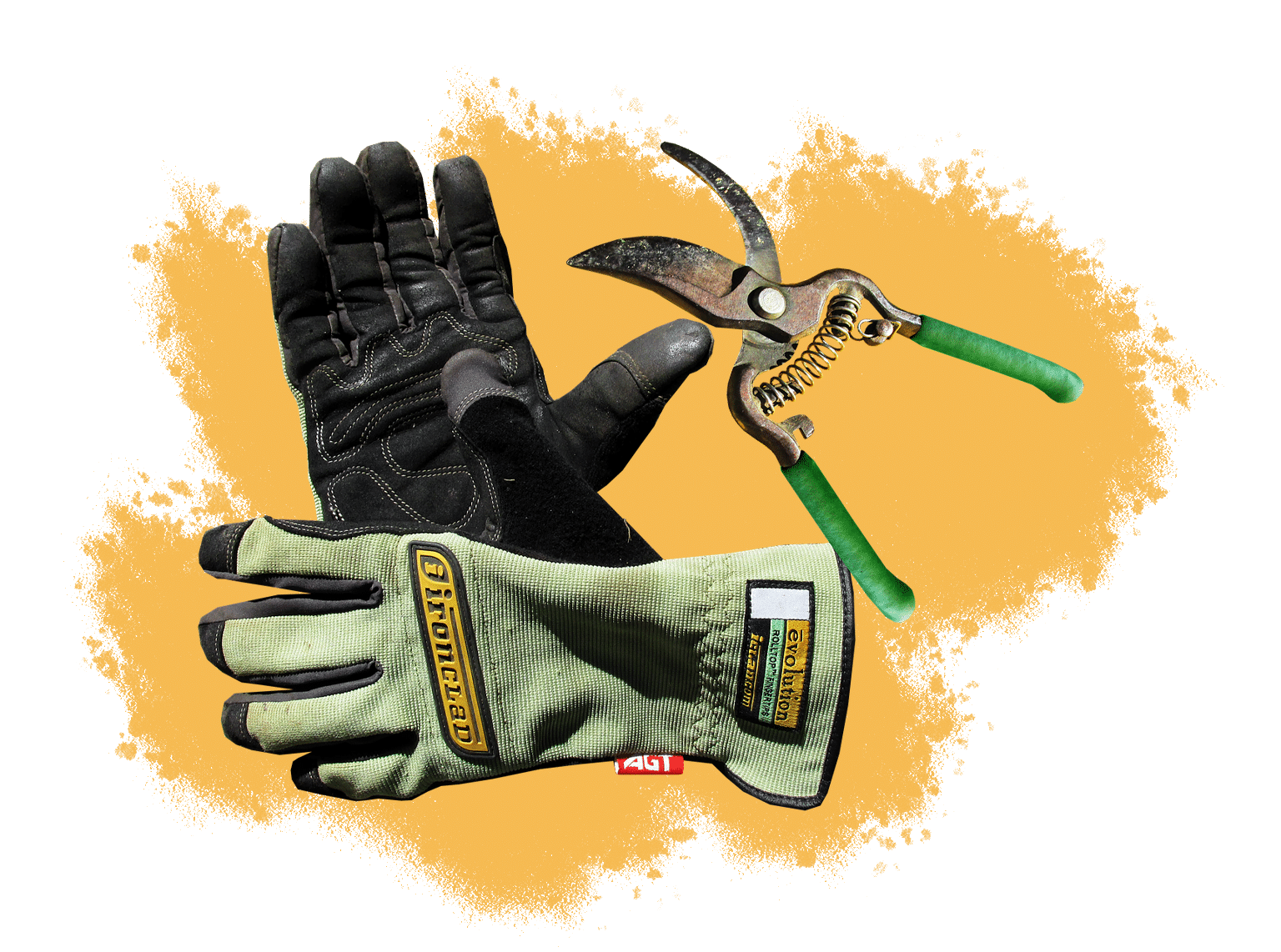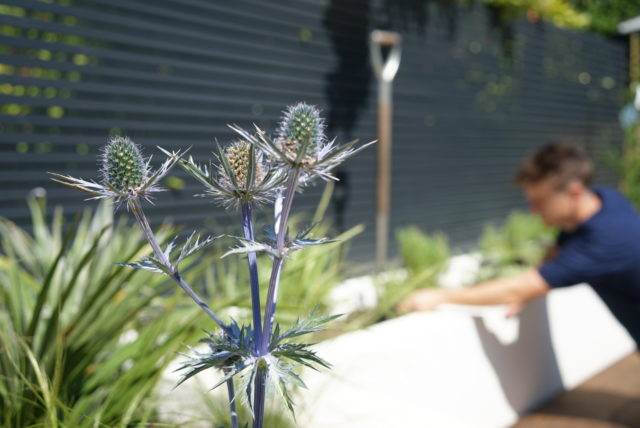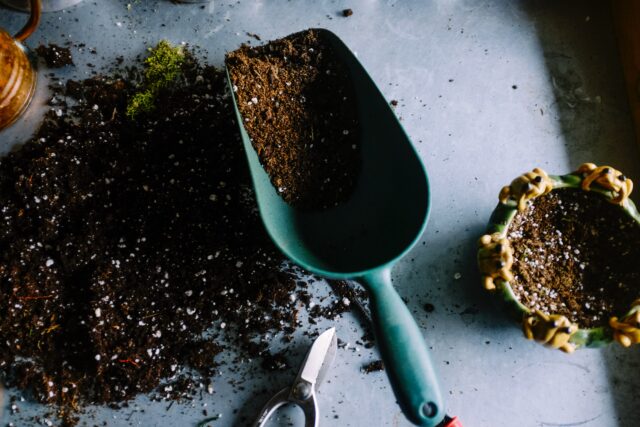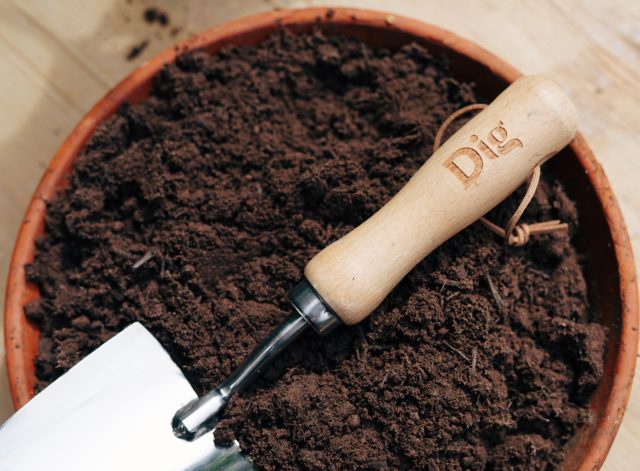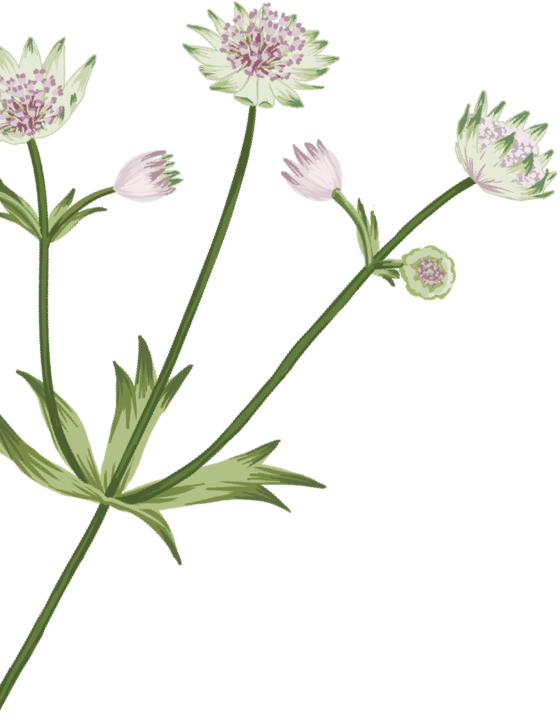A spring spruce:
- Clear the decks: Now is a great time for a spring clean. Remove spent plants, debris, and any lingering winter weeds. This allows new growth in your garden or containers the space and sunlight they need to really do well.
- Clean the cans: It’s also a sensible time to give your garden tools a good clean. It’s a particularly good time to clean your watering cans too. Dirt and even algae can easily build up on watering cans so it’s a sensible idea to give them a scrub with some warm soapy water and a good rinse afterwards to avoid the risk of harbouring funguses and plant diseases.
- Mulch Matters: Apply a layer of mulch around shrubs, roses, and fruit trees. Mulch helps retain moisture, suppress weeds, and regulate soil temperature. We highly recommend a decent peat-free compost for any mulching around now (versus, say, wood chippings) as it will add a nutrient boost to really help your plants flourish – you can always put the wood chippings on top to neaten things up if you like.
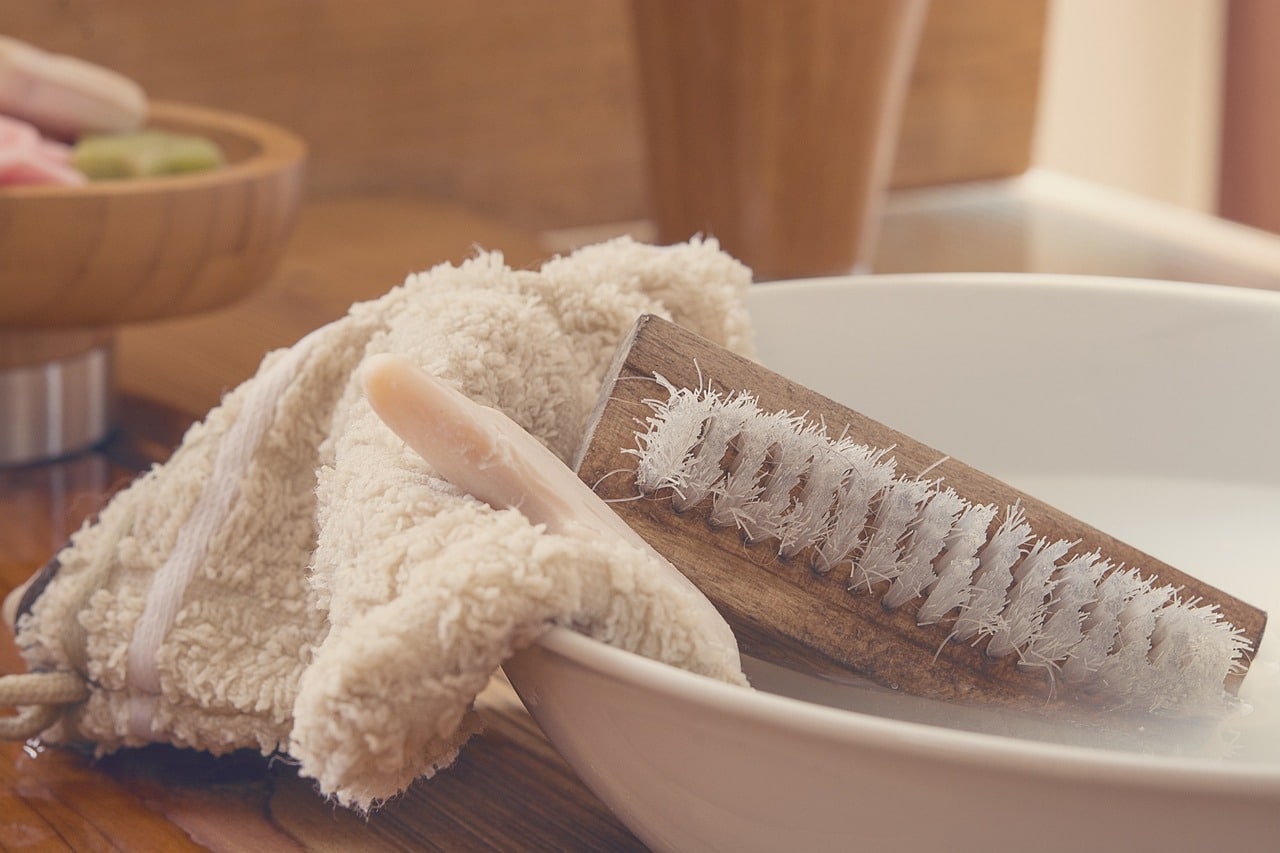
Good habits:
There are a few gardening jobs that it’s worth getting into the habit of now that will become second-nature and less of a chore – ultimately all leading to a happier, healthier garden or outdoor space:
- Weeding: warmer weather and sunshine will encourage all of the plants you want in your garden to burst into life – but will also encourage the ones that you perhaps don’t want too. Getting on top of the weeding now, and working it into your routine will save you effort down the road. Little and often!
- Watering: Though your garden won’t need as much water now as it will later in the year, beginning to bring watering back into your routine now will avoid any casualties and overlooked plants in the warmer months.
- Feeding: It’s not a bad idea to give your plants a feed every now and then. We’re sure there’s a rule of thumb but a general purpose tomato feed every few waters has never done us any harm.
- Dead-heading: Daffodils are particularly important to dead-head, now that they’re coming into bloom. When the flowers are spent, pinch them off to avoid energy going into growing seeds. This will allow all the energy from the sun to go into the bulb beneath the ground. No matter how straggly they might look, don’t remove the leaves – the bulb needs these to photosynthesize the sunlight.
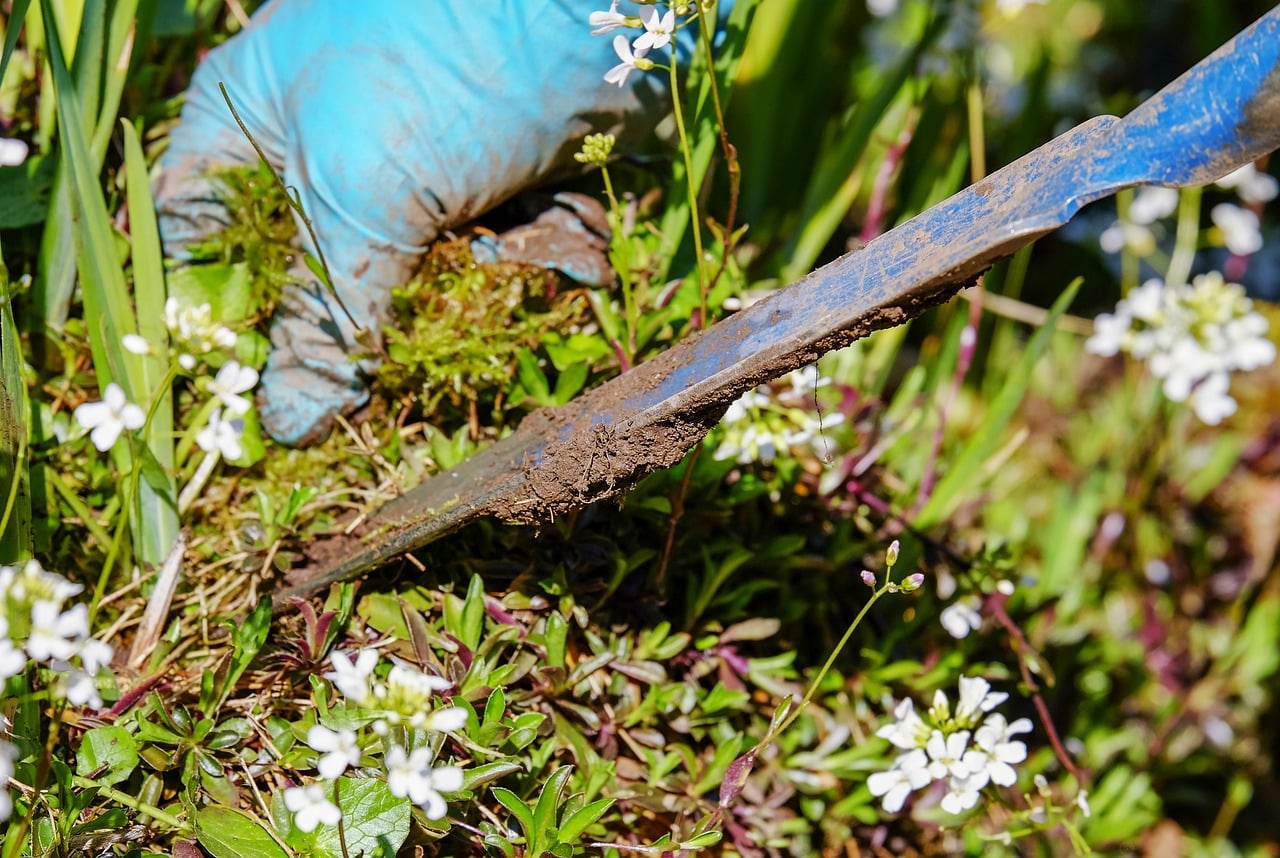
Plugging the gaps:
Although not everything will be showing signs of life yet, you should have a good idea now where gaps, if any, are in your garden. Spring is a perfect time to add some early flowering plants to these gaps. Below are some great options for each of our theme:
- Med: Brunnera (We like ‘Jack Frost’) provides gorgeous leaves and electric blue flowers
- Cottage: Tiarella (We like ‘Spring Symphony’) beautiful, delicate bee-friendly flowers and interesting foliage
- Classic: Vinca minor (We like ‘Alba’ or ‘Gertrude Jekyll’) with its trailing leaves and white flowers made sophisticated spring addition
- Adventure: Geum (We love ‘Totally Tangerine’) is a bright orange, extremely fun flower that is perfect for adventurous, garden explorers.
- Jungle: Allium (We like ‘Purple Sensation’) with its giant purple lollipops which pop through the Jungle’s extravagant foliage.
- Nordic: Gallium oderatum (or Sweet Woodruff) is a delicately fragranced, beautiful spring flower that slowly spreads – a gentle woodland addition to any Nordic haven.
If you have a Dig garden and are noticing some gaps emerge, you can always give us a DM and share some photos to check whether you need a re-up which we’re always happy to arrange!
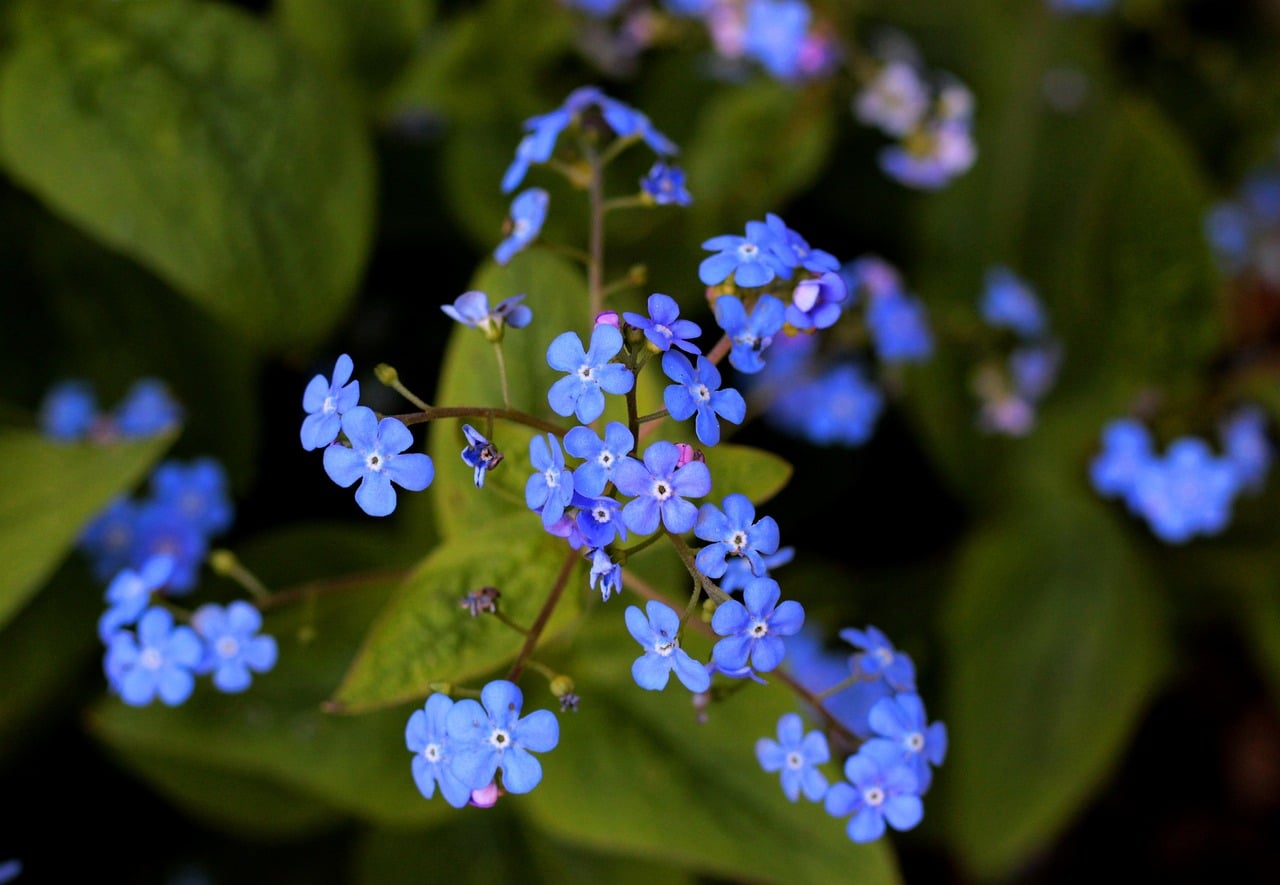
Beautiful Brunnera
Pruning:
- Clematis Care: Prune early-flowering clematis varieties once they’ve finished blooming. For summer-flowering ones, prune before new growth begins. If you’re not sure what your Dig Clematis is, drop us a DM on Instagram.
- Cut Back Cornus: For vibrant winter stems next year, consider cutting back dogwood or willow right down to the ground in March. This will stimulate fresh new growth ready for fiery displays next winter
- Give your perennials a once over: If you have any dead stems left on perennials such as Thalictrum, Verbena, Gaura, Sedum or anything with tall dead stems and flower heads with fresh green growth at the base. A good rule of thumb is to cut to an inch or so above the base if you’re not sure.
- Now is also the time to prune back Buddleia and Hydrangea.
